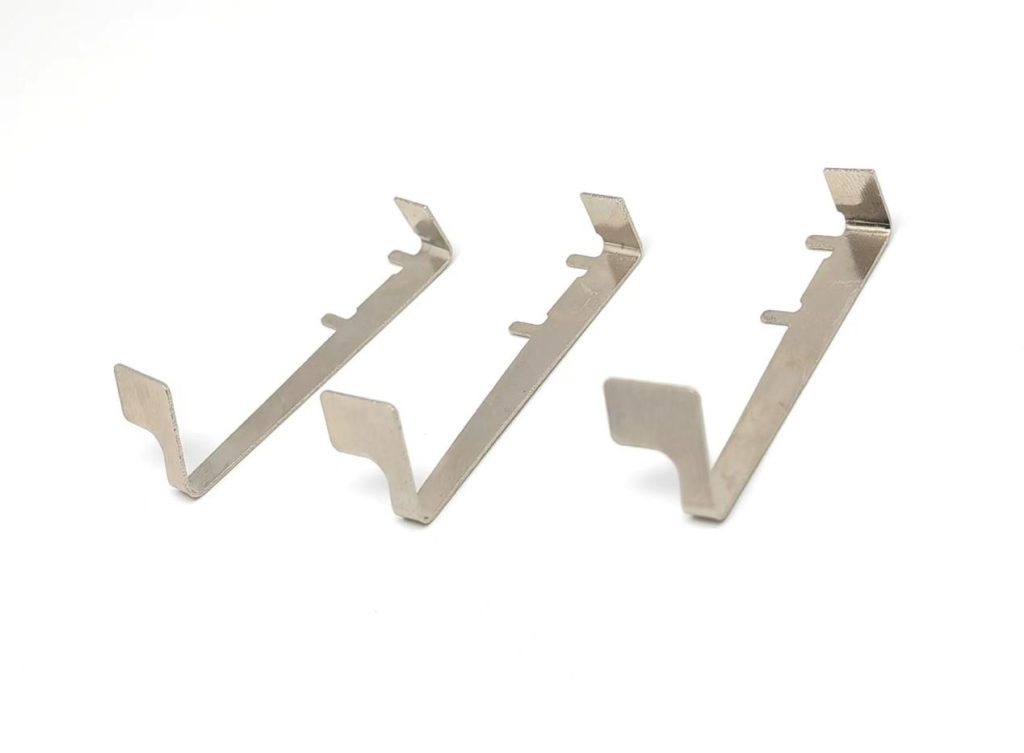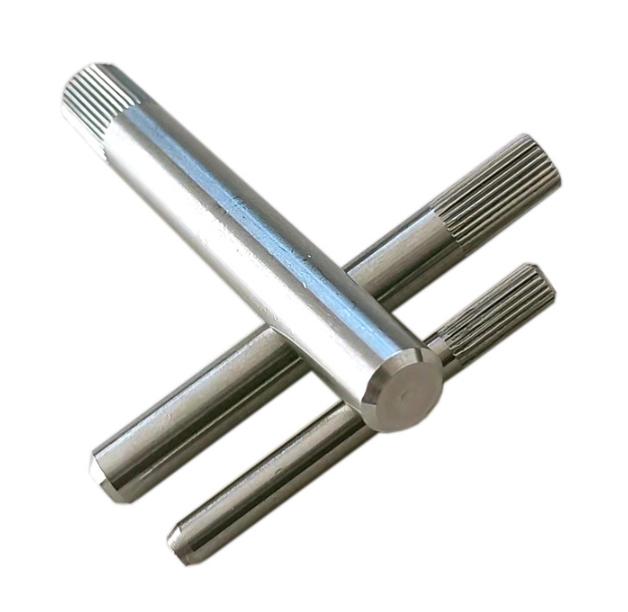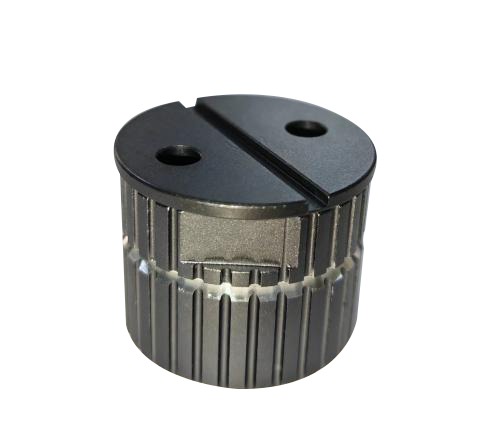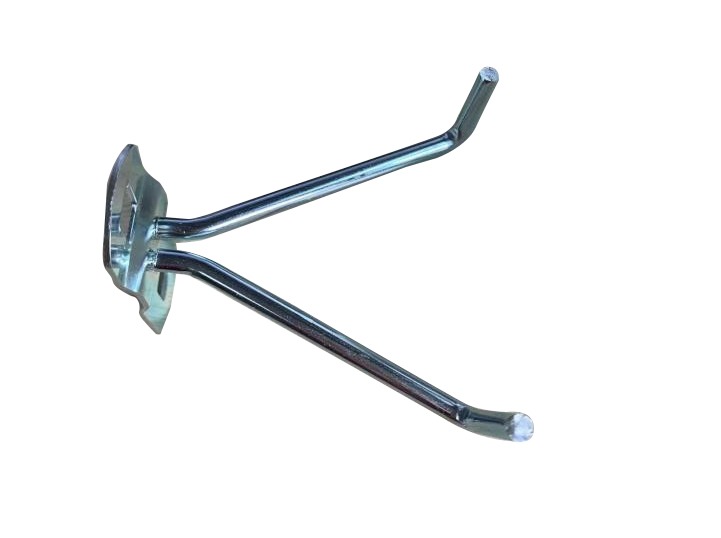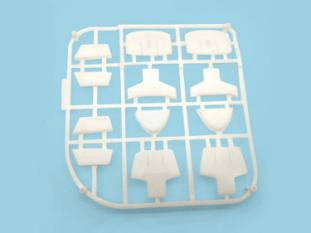What Are The Characteristics And Processes of the Stamping Process?
What is Stamping Process?
Stamping process is a metal processing method, it is based on the plastic deformation of metal, the use of stamping mold and stamping equipment to exert pressure on the sheet material, so that the sheet material plastic deformation or separation, so as to obtain a certain shape, size and performance of the parts (stamping parts).
Stamping process plays an important role in automobile body manufacturing process, especially the large covering parts of automobile body. Because of their complex shapes, large structural dimensions, some of them are space curved surfaces, and their surface quality requirements are high, stamping processing methods are used to make these parts. The cab of the truck, front sheet metal parts, cargo panels, various body covering parts of the car and various frames of the bus are almost all made by stamping.
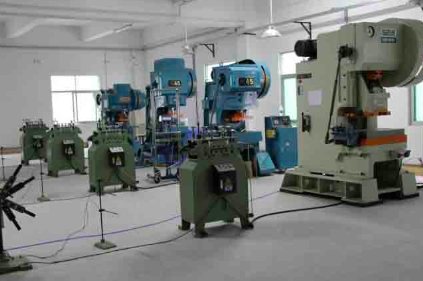
What are the Characteristics of the Stamping Process?
Stamping it is a processing method with high production efficiency and low material consumption. Stamping process is suitable for the production of large quantities of parts, which is easy to realize mechanization and automation, and has higher production efficiency. At the same time, stamping production can not only strive to achieve less waste and no waste production, but also can make full use of spare materials even if there are corners in some cases.
- The operation process is convenient and does not require the operator to have a higher level of skills.
- Stamping parts generally do not need to carry out mechanical processing, with higher dimensional accuracy.
- The stamping parts have good interchangeability. Stamping processing stability is better, the same batch of stamping parts. It can be used interchangeably without affecting the assembly and product performance.
- Because the stamping parts are made of sheet material, its surface quality is better, which provides convenient conditions for the subsequent surface treatment processes (such as electroplating and spray painting).
- Stamping processing can obtain high strength, high stiffness and light weight parts.
- The cost of mass production of stamping parts with die is low.
- Stamping can produce parts with complex shapes that are difficult to be processed by other metal processing methods.

What are the Main Processes of the Stamping Process?
In the actual production, stamping is often a variety of processes integrated application to a workpiece. Blanking, bending, shearing, stretching, bulging, spinning and correcting are the main stamping processes.
Blanking: It is a basic stamping process using a die to separate materials. It can be directly made into flat parts or prepare blanks for other stamping processes such as bending, deep drawing and forming. It can also be cut and trimmed on the formed stamping parts. Blanking is widely used in automobile, household appliances, electronics, instrumentation, machinery, railway, communications, chemical industry, light industry, textile and aerospace and other industrial sectors. Blanking process accounts for about 50% ~ 60% of the whole stamping process.
Bending: Plastic forming method of bending sheet metal, pipe fittings and profiles to a certain Angle, curvature and shape. Bending is one of the main processes widely used in the production of stamping parts. The bending of metal materials is essentially an elastic-plastic deformation process. After unloading, the workpiece will produce the elastic recovery deformation in the direction, which is called springback. Springback affects the precision of workpiece, which is the key technology to be considered in bending process.
Deep drawing: Deep drawing, also known as drawing or calendering, is the use of die to make the blanking of flat blank into open hollow parts of the stamping process. Thin-walled parts with cylindrical, stepped, conical, spherical, box and other irregular shapes can be made by deep drawing process. If combined with other stamping processes, it can also produce very complex shapes of parts.
There are many kinds of deep drawing parts in stamping production. Due to the different characteristics of its geometric shape, the position of deformation zone, the property of deformation, the distribution of deformation and the stress state and distribution law of each part of the billet have considerable, even essential differences. So the process parameters and sequence of the determination of the method and die design principles and methods are not the same.
According to the characteristics of deformation mechanics, various deep drawing parts can be divided into straight wall rotary body (cylindrical parts), straight wall non-rotary body (box body), curved surface rotary body (curved shape parts) and curved surface non-rotary body.
Stretch forming: It is to exert tension on the sheet metal through the tensile die, so that the sheet metal produces uneven tensile stress and tensile strain, and then the sheet metal and the bonding surface of the tensile die gradually expands until it is completely bonded with the tensile model surface. The application object of pull is mainly the double curved skin with certain plastic material, large surface area, moderate and smooth curvature change, and high quality requirements (accurate shape, smooth flow line, stable quality).
Pull-shape because the process equipment and equipment used is relatively simple, so the cost is low, flexibility is large, But the material utilization rate and productivity are low.
Spinning: It is a metal rotating process. In the process of machining, the blank rotates actively with the spinning die or the spinning head rotates actively around the blank and the spinning die, and the spinning head feeds relative to the core die and the blank, making the blank produce continuous local deformation and obtain the required hollow rotary parts.
Shaping: It is the secondary trimming of the shape of the product by using the established shape of the abrasive tool. Mainly reflected in the pressure plane, spring foot and so on. For part of the material is elastic, can not guarantee the quality of a molding, the use of reprocessing.
Bulging: It is a processing method to obtain parts by using die to make sheet metal stretch thin and local surface area increase. Commonly used cylindrical (or tubular) blank expansion and flat blank stretching forming. Bulging can be achieved by different methods, such as rigid die bulging, rubber bulging and hydraulic bulging.
Flanging: It is a plastic processing method that bends the thin sheet billet edge or the material in the narrow band area of the prefabricated hole edge on the billet into a vertical edge along a curve or a straight line. Flanging is mainly used to strengthen the edge of parts, remove the cut edge, and make the parts into the assembly and connection parts with other parts or three-dimensional parts with complex specific shape and reasonable space, and improve the stiffness of parts. Therefore, it is widely used in automobile, aviation, aerospace, electronics and household appliances and other industrial sectors.
Shrinkage: It is a stamping method to reduce the diameter of the open end of the stretched hollow part or tube blank without flange. The diameter change of the workpiece end before and after the shrinkage should not be too large, otherwise the end material will wrinkle due to severe compression deformation. Therefore, from a large diameter to a small diameter of the neck, often need to shrink several times.

KENENG can provide stamping services, mold making and mass production of parts for customers. If you want to make stamping parts, please contact KENENG.

